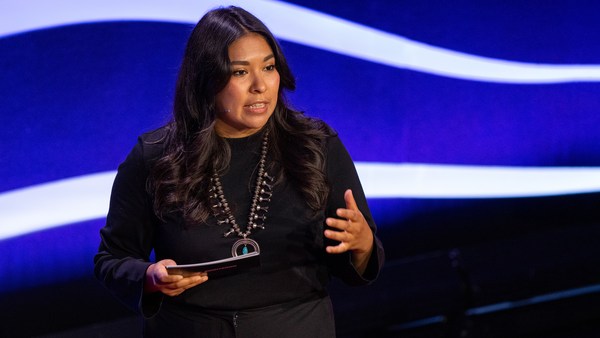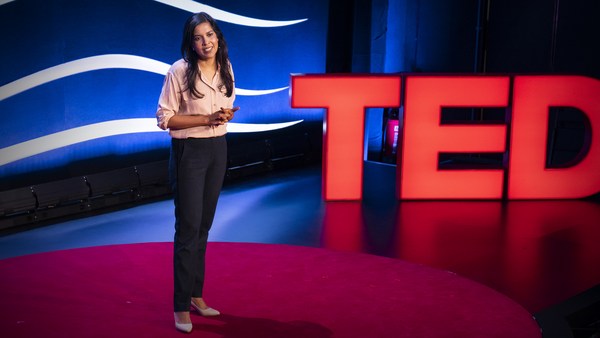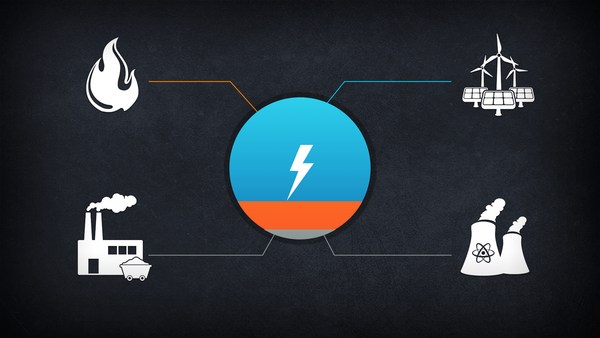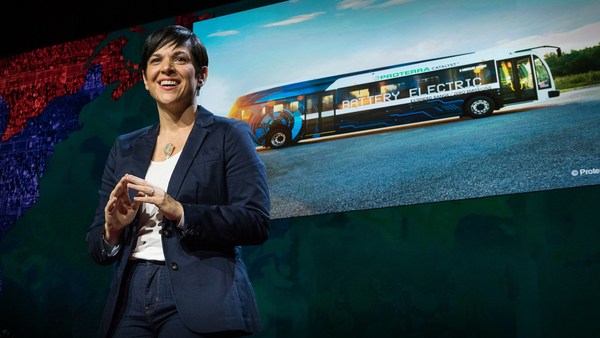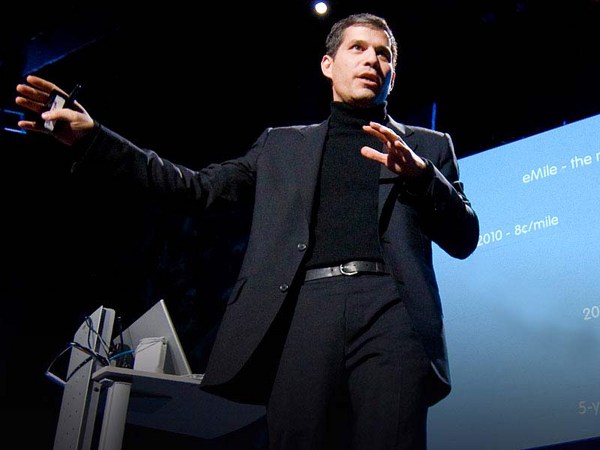Picture this. You're in your car and you're getting worried. You were really, really relying on that fuel station being open. Now you're not sure you're going to make it to the next one you see on your map. And this area is notorious for unreliable stations. You definitely don't have enough range to make it to the one that you know is usually working or even the one that at least has decent customer service on their help line when it's down. So you slow way down to conserve energy and sigh when you see a giant hill coming up on the freeway ahead of you. The way people are driving, there is no way you're going to make it up this hill at a safe highway speed without killing your energy efficiency.
It's hot out, but you turn off your AC and remind yourself again that charging your phone in the car outlet doesn't actually use that much energy. "Man," you think to yourself, "I remember when this was a problem for EVs. But when I bought this car, I just didn't think finding gasoline was ever going to be this much of a problem."
(Laughter and applause)
If we succeed at reaching international climate goals, the fossil fuel infrastructure systems that support about 80 percent of global energy consumption will mostly, if not entirely, retire over the next few decades. The global dominance of fossil fuels and the global emergency of climate change means that this retirement imperative exists everywhere, whether infrastructure is relatively old -- like in the US, where I work on these issues and where most of my examples come from -- or relatively newer, as in many countries with more recent industrialization.
What I'm talking about is big infrastructure, like power plants and refineries, but it's also things like gas stations and people's cars, stoves and furnaces. Fossil fuel infrastructure is a complex network of high-hazard industries that need to be able to continue to operate safely until the new system is completely ready to take over, including during emergencies complicated by climate change.
Just letting these systems go away would be deeply disruptive and hazardous. We'd expect disproportionate harm to overburdened and underserved communities who can't opt out from skyrocketing prices, abandoned remediation plans and declining access to energy services. This means ongoing fossil expenditures and a reliance on highly trained workers in industries that might not outlast their careers, with a simultaneous focus on phasing out these same industries as quickly as possible to address climate change and a host of other environmental injustices.
This is why we need to plan. And right now, there's basically nowhere in the world where these urgently needed plans for phasing out the fossil system while phasing in the clean energy system exist.
When we talk about climate goals, the question I like to ask is, “If we actually believed we were going to succeed, what would we need to be doing right now?” The time between now and success is where this gets real and very difficult. Sara Hastings-Simon and I call this the mid-transition. And even under a best-case scenario, it will probably last for decades.
During the mid-transition, the clean energy system and the fossil energy system are both too small to fulfill all of the energy needs we have, but big enough that they can't really operate without constraining each other. Also, the mid-transition overlaps with the climate transition. This means we'd expect the systems we have now to become less functional as they operate further and further outside of design parameters. And it also means we don't entirely know what the new systems will need to be able to handle.
Another issue here is that we'd also expect that the transitioning system will just generally work less well than either the stable starting point or the stable end point. As long as both systems are operating at scale, we can't optimize for either one's needs. People are often willing to accept some level of problem in order to enable a shared future vision. But trust in that vision will be extraordinarily fragile when it’s required for decades, while climate impacts are making everything scarier and while we're visibly dismantling infrastructure that people remember as functional.
As we plan, keeping a clear and focused commitment on people first and foremost and ensuring that these are community-led projects will be critical.
One of the nice things about existing energy infrastructure is it exists. So you can go to a power plant break room and chat up people about how long they expect to keep working or which bits of the plant site might need remediation. This means planning can be very, very specific and guided by the expertise of people that are in these places. Who needs a job if the power plant closes? Does everyone in town have safe temperatures in their homes? Which gas stations need to stay open longer than they're profitable to make sure that everybody can get to work while alternative transportation systems mature? How much extra funding do you need for the library if tax revenues start to decline?
Although good transition plans need to be deeply community-embedded, the scale and the impact of the energy system demands some level of centralized coordination. One strategy here is to set deadlines for fossil asset retirements. Ample notice, say a decade, gives communities enough time to create and implement plans, and a legislated end date gives people enough confidence to commit to what can be an intense process.
I showed that in the United States, requiring all fossil fuel-fired power generators to close by 2035, which is President Biden's power sector decarbonization target, would actually allow the large majority of them to meet or exceed a typical lifespan, potentially giving communities some confidence that these deadlines are manageable. That may not be true in places with much newer infrastructure and so the conversation about how to choose these deadlines would look quite different.
But in general, being honest with people about what's coming, with enough time and support to do something about it can be really transformative, but it does require a commitment to the end point and to proactively ensuring people have what they need to thrive alongside transition. That is what earns and maintains trust. Not far off emissions targets with vague implementation plans.
The alternative of unplanned transitions is unacceptable, but common. Notably, this is what we would expect to see if we just rely on clean energy becoming cheap enough to displace fossil energy systems. What I've observed over the years is that facilities might close suddenly with a round of layoffs and a bankruptcy notification with very little notice and no plan for what comes next.
Several years ago, I was working on a survey in a coal mining community, and the morning my survey hit people's mailboxes, about 500 coal miners were suddenly laid off. Just four US coal mining companies used bankruptcy to avoid about five billion dollars in pensions and environmental cleanup obligations just between 2012 and 2017. The coal industry in the United States is actually pretty small, now providing about 11 percent of primary energy, down from 18 percent a decade ago. We're talking about successfully retiring and replacing infrastructure that supports 80 percent of energy use globally and in the United States all before I reach retirement age.
Planning the transition is an ethical responsibility that takes time, but also creates opportunities to implement a just and sustainable future that corrects the harms of the past. Collaboration and a laser-like focus on ensuring people have what we need to succeed through this transition will be critical, particularly as the transition collides with climate tragedies.
What would we do now if we believed we'd succeed? Anticipating the bumps and planning for success is the path to a just, decarbonized and sustainable world.
Thank you.
(Applause)
